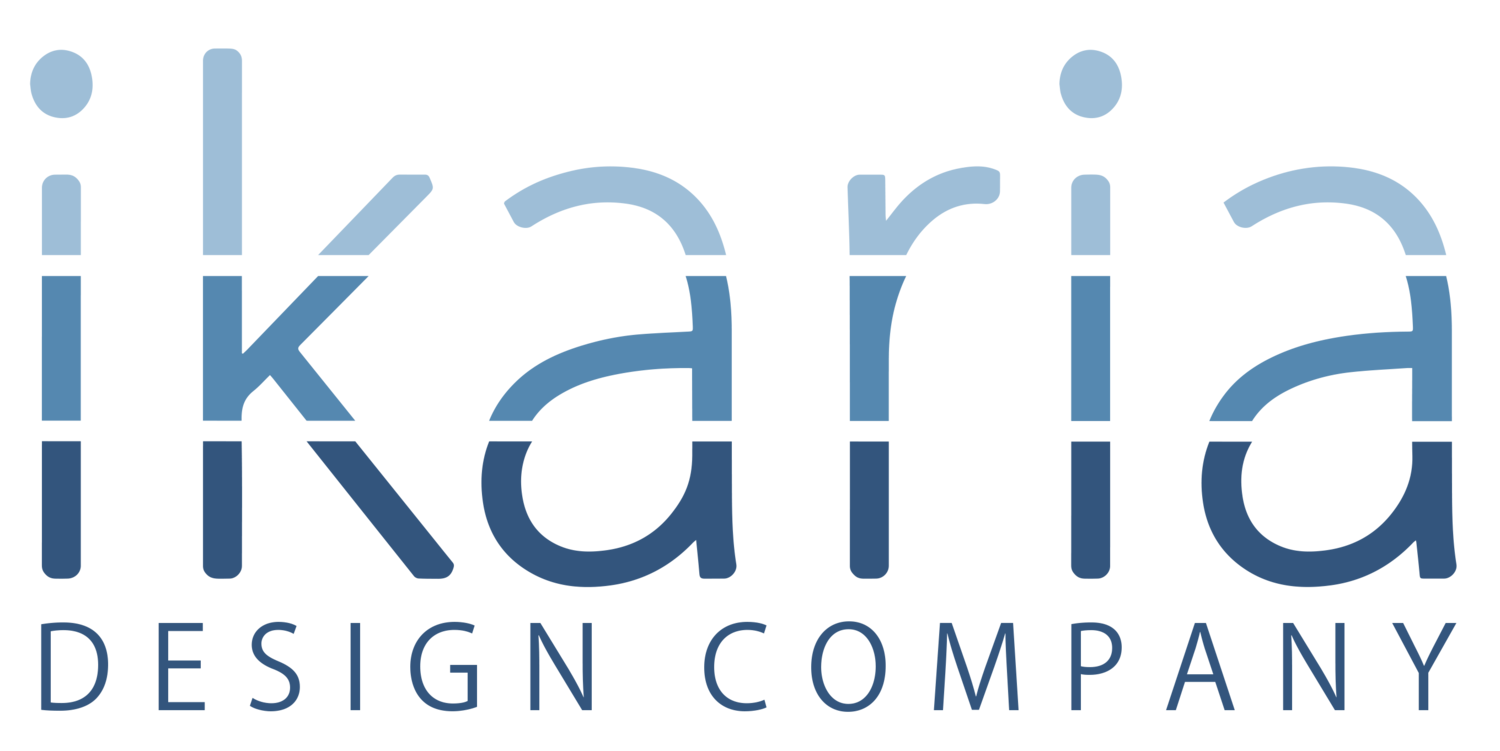Why I’m a Superfan of Occupational and Physical Therapists
I still wince at remembering the excruciatingly sharp pain in my right wrist. I had forgotten that my palm wouldn’t support me. I was leading a yoga class through downward-facing dog. Usually, I would create a fist and support my upper body that way. But for whatever reason, I forgot. Ouch!
I no longer have this limitation in my wrist, and I owe my relief and recovery to the fields of Occupational and Physical Therapy. They do a wonderful job of patching us up after injuries and surgeries. What if we took steps further upstream to prevent more of those trips over the metaphorical waterfall?
I was in my late twenties, struggling with the severe pain in my wrists from repetitive stress syndrome. I was determined to stay out from under the knife of carpal tunnel surgery. I had heard enough stories of folks who had had the surgery but hadn’t done the follow-up rehabilitation, only to have the pain and numbness return.
My strategy was to start doing as much of the post-surgery carpal tunnel rehab as I could in advance in hopes that I could stave off surgery. I also taught myself how to tune pianos with my healthier left hand. That helped keep our young family fed, and the mortgage paid.
Two things I learned from my OT and PT friends:
The quality of my sleep had an impact on the nightly repair of normal tissue wear and tear. So, I gave up my goal of sleeping less than 7 hours a night. We weren’t calling it “grind culture” or “crushing it” in those days, but that’s what I was pushing myself to do nonetheless. Since then I’ve discovered how many difficulties in my life were simply downstream effects of poor sleep.
The second thing I learned, which has become a mantra for all sorts of solutions, was this truism: “The site of pain is rarely the source of the pain.” What this meant for me was that massage and mobility work had to be focused on my forearms, shoulders, and neck. And I had to stop messing with my wrists where the inflammation was.
As I consistently focused on the muscle groups of my arms and shoulders, I’ve been able to address the carpal tunnel pain at its source. The “Five Whys” of Taiichi Ohno's Toyota approach to challenges provides similar results. Keep moving upstream of the symptoms until you find the root cause.
I’ve applied the same strategy with chronic knee and hip pain. Nowadays, if I don’t stay on top of my deep hip mobility, by way of the length and suppleness of my psoas muscles (they are now two muscles again, thank you, and not one frozen mass of discomfort) then I’ll be experiencing problems downstream with knees and ankles.
I had the pleasure of interviewing Occupational Therapist, Tina Cheavens (Dorey), about her experience with one of our Soul Seats several years ago (you can watch the full interview here and below). At minute marker 4:50, she is describing how her 80-year-old Korean grandmother wasn’t afraid of falling, as are most of the clients she works with here in the US, and she credits the floor culture she grew up with.
Our friends who are Occupational and Physical Therapists were also invaluable during the early design phases of what you know as the Soul Seat. It didn’t have such a cool name back then. Thank my artist/design marketing buddies for that.
The fields of OT and PT have kept me moving, mobile, and pain-free in so many ways. I’ve been really fortunate to have them in my friendship network and accessible through the healthcare system when I needed direct care. That’s why I’m a superfan.
